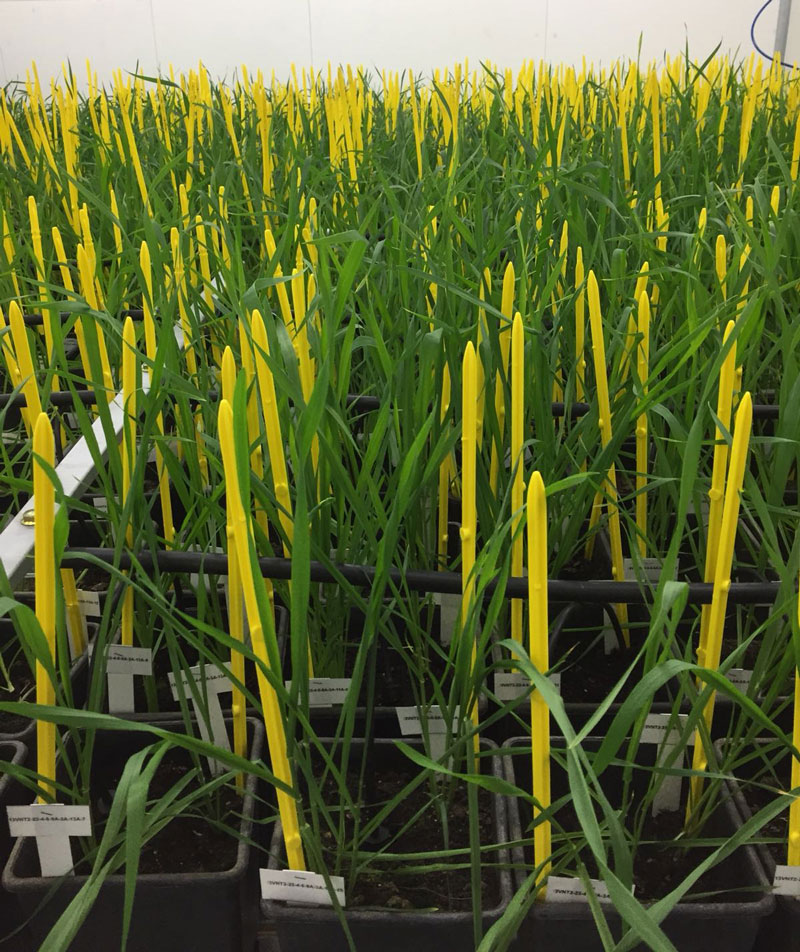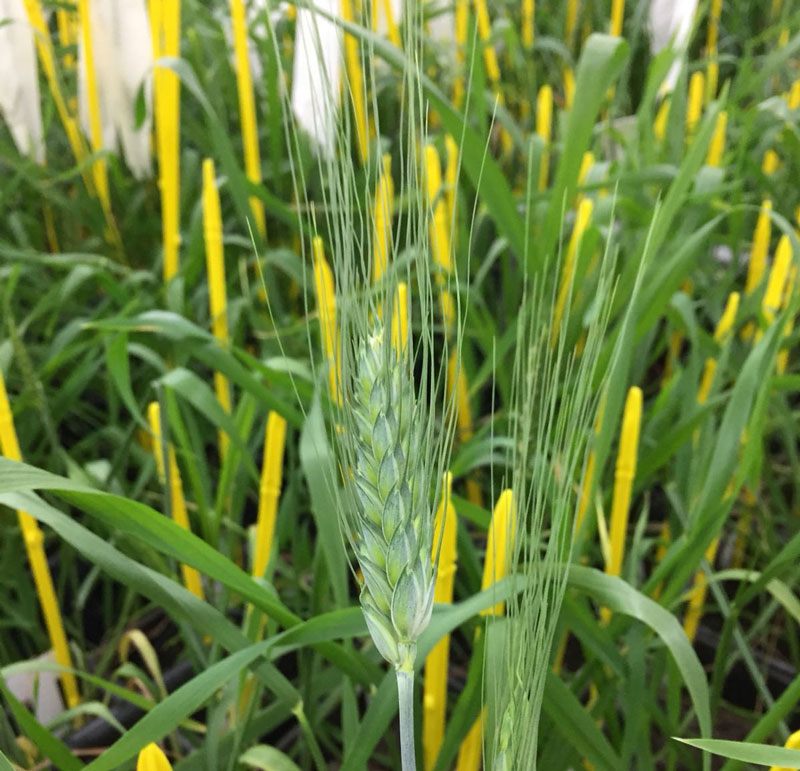The production setting
Based in the Italian region of Marche, Agroservice Spa was founded in 1969. Its business mainly consists of seed multiplication and research into herbaceous, fodder and leguminous crops. Much of the research work regards grasses, such as wheat, and largely focuses on genetic improvements aimed at obtaining and patenting new cultivars to be marketed in Italy and abroad under the ISEA brand. Interaction between ISEA and Agroservice allows progress on the genetic improvement front to be transferred to farmers via the establishment of new varieties (the core business of ISEA) and Seed Multiplication (performed by Agroservice).
Ever since the dawn of agriculture, man has been genetically improving wheat through the careful selection of cultivars. This selection process typically takes place in the field, following the natural ebb and flow of the seasons over a period of years. During this time the plants are tested according to factors of obvious interest to farmers: productivity, gluten index, resistance to drought or cold, the ability to resist/tolerate common pathogens such as fusarium or powdery mildew, or whether the plant size is suitable for mechanized farming.

The genetic improvement process can be divided into three key stages:
• selection of the initial genotype, that is, the plants to be hybridized on the basis of different phenotypic, qualitative and genetic traits;
• cross-pollination between two (or more) genotypes;
• self-fertilization cycles and selection of the plants with the best agronomic characteristics.
A growing chamber with all-new light to obtain perfect crops.
The phytotron is a climate-controlled cell or growing chamber that can measure from just a few square metres to dozens of square metres. Here, plants are kept under specific temperature, humidity and lighting conditions so new seed varieties can be obtained in a faster, controlled manner. C-LED’s efforts to improve the pre-existing growing conditions in the phytotron have resulted in the creation of a new light spectrum – formed by just the right mix of blue and red chromatic wavelength components – that is highly suited to the indoor cultivation of wheat (i.e. in the absence of natural light). Joint testing was performed by technicians and researchers from both C-LED and Agroservice-ISEA to assess the characteristics of the individual plants under LED lighting. Parameters of a vegetative and reproductive nature were monitored to evaluate the result of hybridization, quality and the productivity of the obtained seed – the vital material on which research into commercially viable new cultivars ultimately depends.
A new, larger phytotron.
Feedback from the initial trials has been decidedly encouraging: compared to the control batch, the wheat plants have exhibited positive traits such as a stronger stem, more intense colouring and better ear formation. Consequently, these parameters have allowed the attainment of a greater number of healthy ears and increased seed quantities. Much of the success stems from continuous information exchange between the two companies. This has led to ever-more precise calibration of the LED light spectrum. Now, on the basis of that teamwork, Agroservice has decided to invest new resources in C-LED. At the end of what was an extremely positive 2018, Agroservice, working in close collaboration with specialists that include C-LED, began building three new phytotrons with a size of over 100 square metres. This will increase the capacity for new variety experimentation and production significantly.

